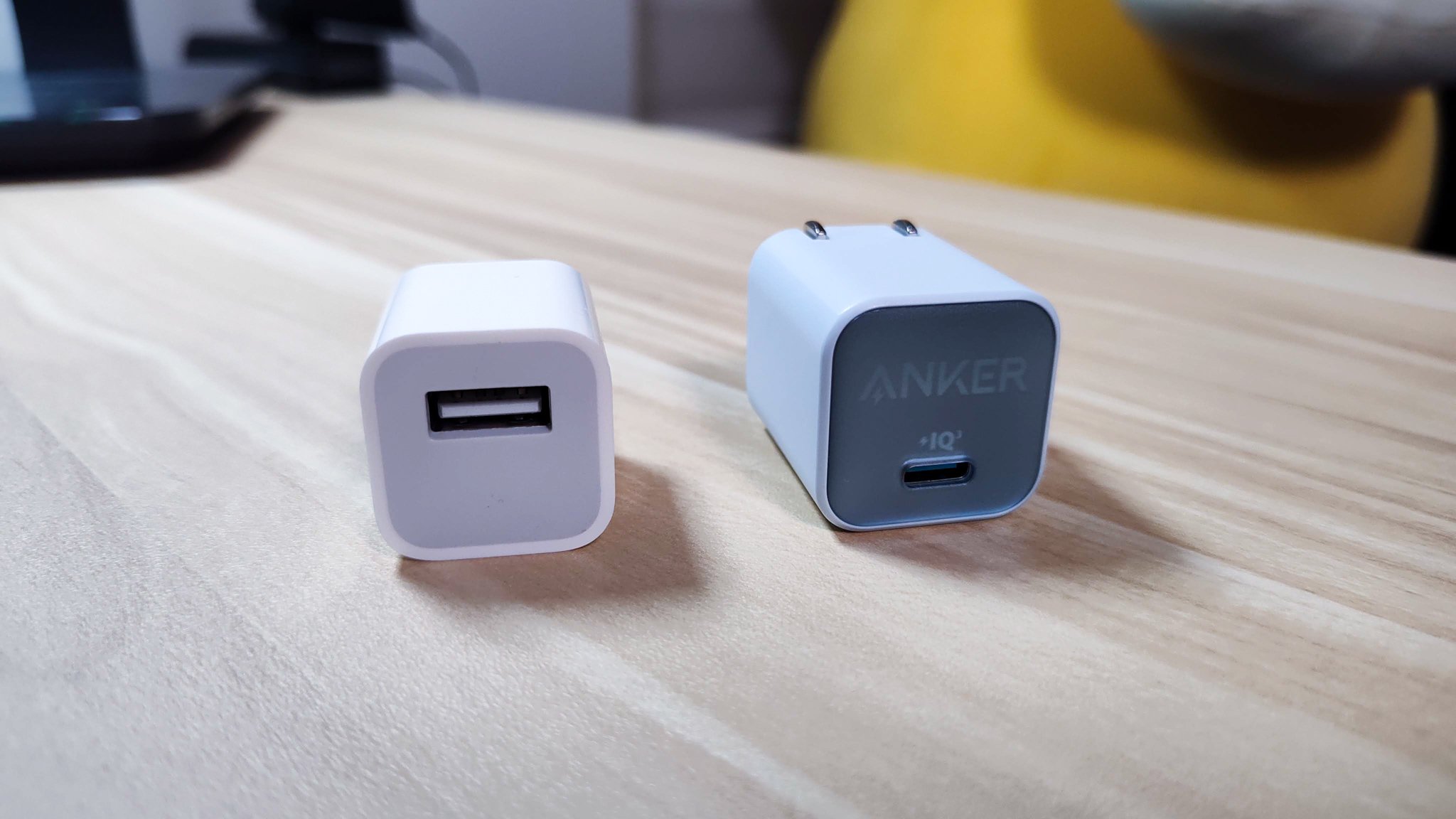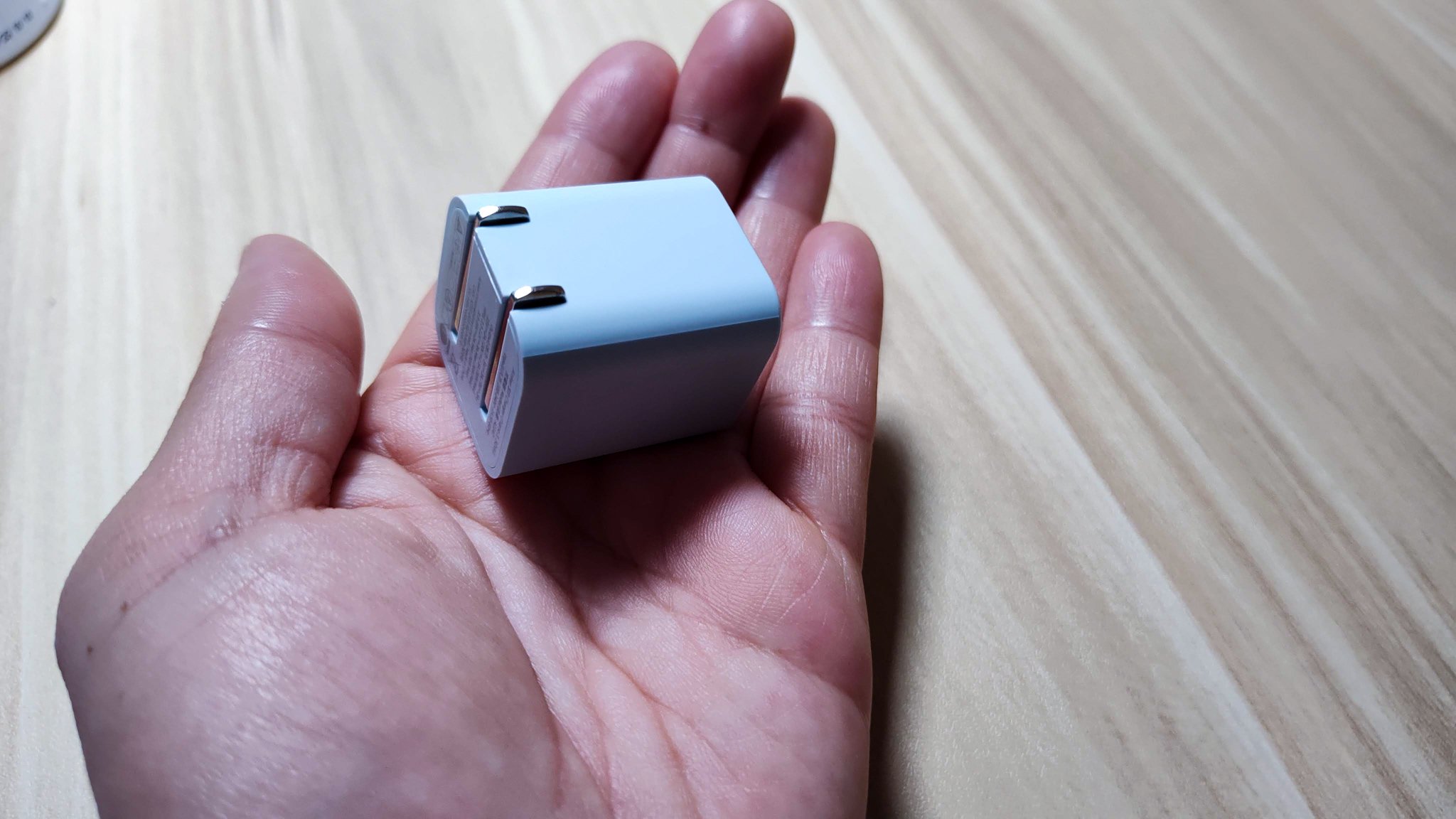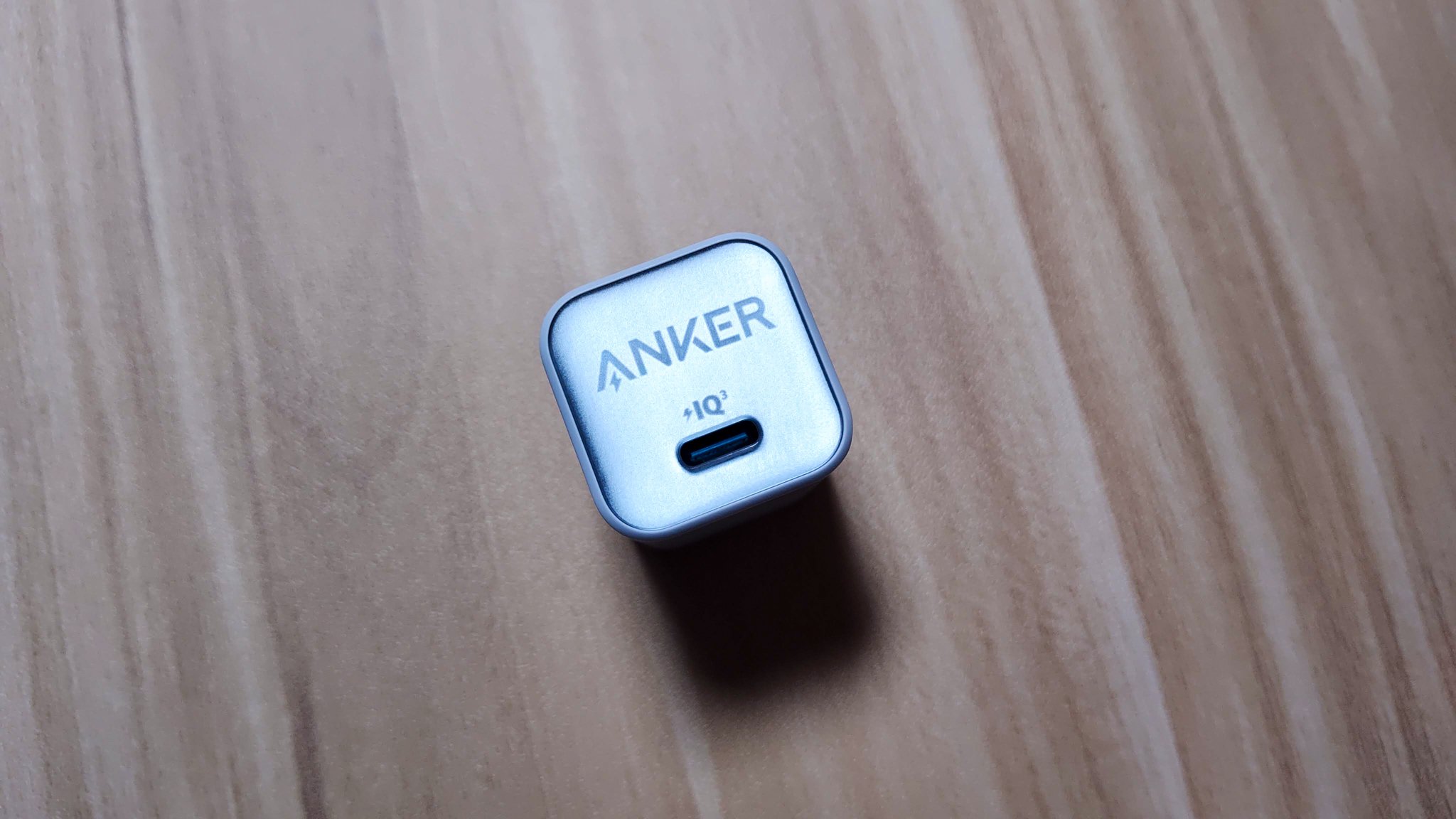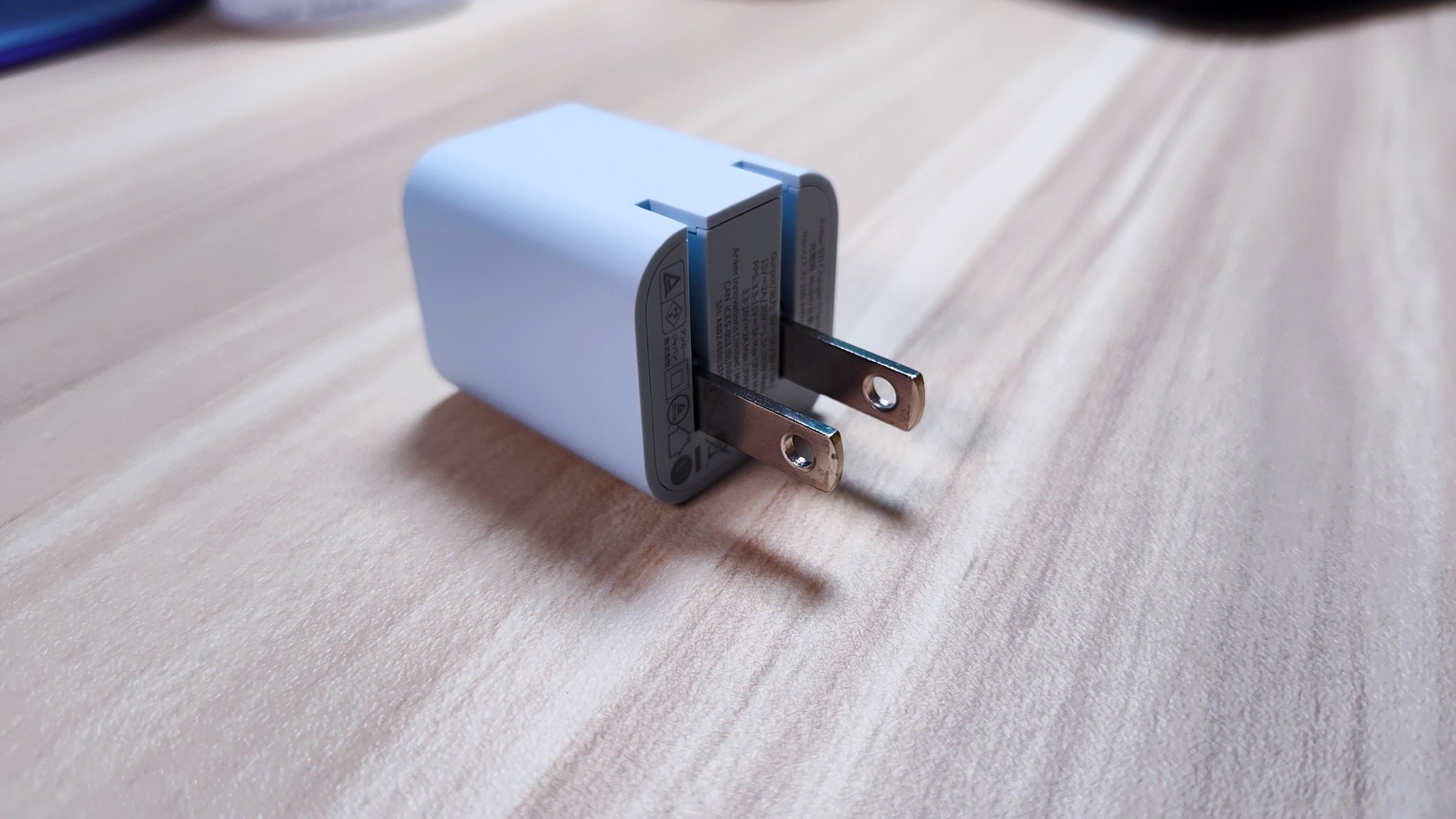Anker 511 Nano Pro Review: The Smallest Laptop Charger I've Ever Seen!
Purchase Price: $22.99
We are a participant in the Amazon Services LLC Associates Program, an affiliate advertising program designed to provide a means for us to earn fees and support our channel by linking to Amazon.com and affiliated sites.
Today we are taking a look at one of the smallest laptop chargers I have used yet, this is the Anker 511. What’s so special about it? Let’s take a look.
Mini form factor
Anker is known for creating quite a few affordable charging accessories for laptops, iPhones, Samsungs and more. In fact, one of the products we reviewed earlier this year was the PowerCore Play 6K which steps up your mobile gaming with a power pack and internal cooling fan.
Left (Apple 5W Charger) and Right (Anker 511)
About a month ago, I purchased a 2022 MacBook Air and it came with the standard 30W charging brick from Apple. By no means is Apple’s 30W charger large, measuring just a little over two inches in its square shape we’ve come to expect. I was shocked to see the Anker 511 charger at a third of that size, with measurements at a little over an inch and weighing a mere 0.08 lbs. For comparison, it’s just about half an inch larger than Apple’s 5W charger for iPhones. Keep in mind that this charger does not come with a provided USB-C cable out of the box though.
In addition to its impressively small size, the Anker 511 comes in a variety of five different colors to choose from, with the version I’m reviewing today to be the blue color. I love the frosted Anker logo that faces the USB-C port and the foldable prongs on the back. It helps make this charger a bit less cheap feeling. The plastic body is lightweight but feels well built and sturdy when plugged in. The charger comfortably sits in your palm and would be incredibly convenient for on the go charging and traveling. I really can’t think of another charging brick for a laptop that can even come close to beating this one in portability.
It charges what!?
At 30W, this little guy is able to charge quite a bit of tech, least of all the main selling point, my MacBook Air. With that kind of power, it’s also able to charge the gamut of iPads, earbuds, cell phones, and just about any portable tech you might have. It can also support Samsung’s Super Fast Charging.
For those who speak the language of batteries, the Anker 511 is also a GaN charger, which essentially means it uses less heat than traditional materials, thus making it safer and more efficient to use. On top of that, Anker also touts the 511 as having ActiveShield 2.0, which monitors the temperature of what’s plugged in to ensure there’s no overheating. They also advertise being able to use the 511 charger to charge a 5th generation iPad Air to 50% within 45 minutes or an iPhone 13 at three times faster charging. Most of those charging estimates are close to what you would get in real life.
My experience with the Anker 511
I wanted to put the charger to the test with my MacBook Air which I knew required a 30W brick to support it. While it appears to charge at somewhat of a similar speed to the OEM Apple brick, it impressively does so with half the physical body. I’m looking forward to traveling on my next work trip with this charger as I won’t have to fuss over the claimed charging port space with coworkers in an office.
While all my experience so far with the Anker 511 has been positive, it is important to note that when charging my MacBook Air, the charger does get warm quickly. I pair it with the provided braided Apple cable and within five minutes, the charger gets warm with it feeling hot to touch at about 30 minutes of charging. This does make it feel uncomfortable to unplug and pack up, but luckily it cools down quickly. I’m confident in Anker’s quality control (from past experiences) to not be too concerned about overheating. I also try to keep in mind that most laptop chargers also heat up fairly quickly from my testing over the years. If you’re only planning on using the charger to power your phone or tablet, I don’t foresee the charger heating up like this at all.
As I said before, while this does charge at a relatively similar time frame as the OEM charging brick, it does technically charge the MacBook Air at a slower speed. For example, at around a 70% charge, the 511 will note a remaining 1 hour and 50 minutes to charge while. At the same percentage of depletion, the Apple charger will note a 1 hour 35 minutes remaining until a full charge. While I personally don’t find these speeds to be that significant, especially if you keep your laptop plugged in while working most of the time, it is useful to note for traveling on the go situations.
Final thoughts
Finally, we can’t end this review without chatting about the price. The Anker 511 charger retails at only $23. That is significantly less than Apple’s $39 for their 30W USB-C power adapter. For those looking for a secondary 30W charger or a replacement to theirs, this is a no brainer. The Anker 511 is smaller, portable, and does virtually the same thing at a significantly more portable form factor. While the warmness of the brick does give me some concern, it isn’t that out of the ordinary with other 30W charging bricks. This is an amazing evolution to witness as just half a decade ago, we still had square bricks the size of a palm to charge our Macbooks. Now, we can charge our laptop with a brick that fits inside your fist. Amazing.
















Lida
Always the number cruncher, the former narrative journalist turned data scientist, can’t help but find herself bursting with excitement with each new generation of tech gadgets. After all, predicting future trends is Lida’s forte. Any gadget that survives Lida’s torturous, adult working woman itinerary of over 700 notifications a day deserves praise!